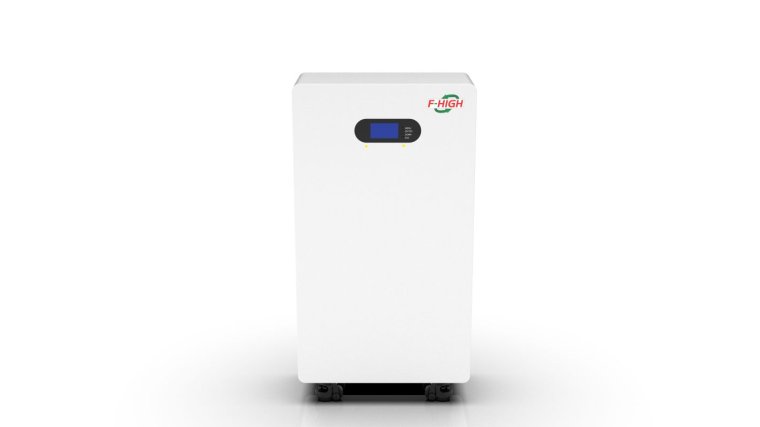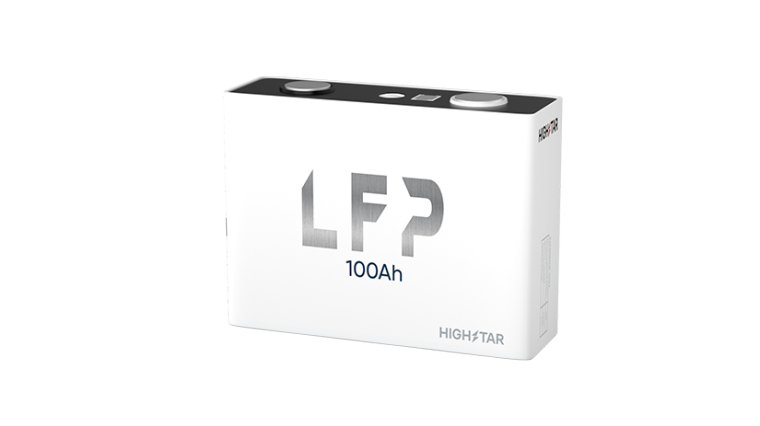With the global energy transition and the growing demand for energy independence in households, energy storage technology is rapidly developing. In recent years, household LFP batteries (lithium iron phosphate batteries for household use) have gradually become a mainstream choice in the home energy storage market. Whether in Europe, the United States, Japan, or China, more and more households are choosing household LFP batteries when building photovoltaic systems or upgrading their home energy storage. So, what exactly makes this battery so popular in the home energy storage market? This article will delve into the reasons why households are increasingly choosing household LFP batteries, considering safety, lifespan, environmental friendliness, affordability, and future development trends.
1. Safety Advantages of Household LFP Batteries
Safety is always a top priority in home energy storage systems. Compared to ternary lithium batteries, household LFP batteries use lithium iron phosphate material, which offers greater thermal and chemical stability, virtually eliminating the risk of thermal runaway and explosion.
High-temperature resistance: LFP batteries remain stable at temperatures up to 200°C, while ternary lithium batteries can experience thermal runaway at around 150°C. Non-flammable: Household LFP batteries are resistant to combustion even under extreme conditions such as puncture, overcharging, and short circuits, significantly reducing the risk of household fires.
Stable structure: Their relatively mild electrochemical reaction makes electrolyte decomposition more difficult, further enhancing safety during use.
For home users, batteries are installed indoors or near living environments, and their tolerance for safety risks is extremely low. Precisely because of their inherent safety advantages, Household LFP batteries have become the preferred choice for home users.
2. Ultra-long cycle life, reduced replacement costs
Another important reason for families to choose Household LFP batteries is their service life far exceeding that of traditional lead-acid batteries and some lithium batteries.
Cycle life advantage: Household LFP batteries typically have a cycle life of 4,000 to 6,000 cycles, with a service life of 10 to 15 years.
Compared to lead-acid batteries: Traditional lead-acid batteries have a lifespan of only 500 to 800 cycles, requiring replacement after only 2 to 3 years at most, resulting in high long-term costs. Compared to ternary lithium batteries: Although ternary lithium batteries have a higher energy density, their cycle life is generally between 2,000 and 3,000 cycles, which is shorter than that of LFP batteries.
For homes with photovoltaic power generation systems, the batteries need to be charged and discharged daily. If the lifespan of the energy storage battery is too short, frequent replacement not only increases costs but also affects system stability. The long lifespan of Household LFP batteries precisely meets the needs of households for long-term energy storage.

3. Green and Environmentally Friendly, In line with Future Energy Trends
Driven by the "Dual Carbon Goals" and green energy, home users are increasingly concerned about environmental protection. Household LFP batteries also offer significant environmental advantages:
No Heavy Metal Pollution: Lithium iron phosphate materials do not contain rare metals such as cobalt and nickel, avoiding the environmental damage caused by resource extraction.
High Recyclability: The material structure is stable, allowing for future recycling and reuse after decommissioning, significantly reducing environmental impact.
Clean Energy Pairing: When used in conjunction with green energy sources such as photovoltaic systems and wind power, it can achieve a truly "zero-emission" home energy supply. For families focused on sustainability, Household LFP batteries are more than just energy storage devices; they also embody an environmentally friendly lifestyle.
4. Affordability: Long-Term Savings
Although the initial investment for Household LFP batteries is higher than that of lead-acid batteries, they are more economical in the long run.
High Cost-Effectiveness: Thanks to their long lifespan and high cycle count, the average cost per kilowatt-hour of energy stored is lower.
Reduced Electricity Bills: Households can use Household LFP batteries to charge during low electricity prices and discharge during peak hours, thus reducing electricity bills.
Coping with Power Outages: In areas with unstable power supply, Household LFP batteries can also serve as a backup power source, mitigating the additional costs associated with power outages.
From a financial perspective, despite the higher initial investment, the long-term savings in electricity bills and reduced replacement costs make Household LFP batteries a highly profitable option for home energy storage.
5. Compatible with Various Home Application Scenarios
Household LFP batteries are more than just energy storage devices; they offer advantages across multiple application scenarios:
Integrated with home photovoltaic systems: During periods of high photovoltaic power generation during the day, excess energy can be stored in the battery and released at night or on rainy days, enabling self-use and reducing reliance on the grid.
Emergency backup power: In the event of grid failures caused by typhoons, heavy rain, or extreme weather, Household LFP batteries can provide power for critical appliances such as lighting, refrigerators, and medical equipment.
Smart home energy management: When combined with smart energy management systems (EMS), Household LFP batteries can intelligently schedule household electricity consumption and optimize energy distribution.
In summary, the growing number of families choosing Household LFP batteries is the result of a combination of factors. They not only offer significant advantages in safety, lifespan, environmental friendliness, and affordability, but are also adaptable to a variety of application scenarios, including photovoltaic energy storage, backup power, and smart homes. Driven by both policy and market forces, Household LFP batteries are gradually becoming the preferred solution for home energy storage. In the future, with technological advancements and further cost reductions, Household LFP batteries will enter more households, truly realizing a new landscape of green, intelligent, and independent home energy.
As a professional exporter of Household LFP batteries, Highstar, leveraging years of industry experience and technological expertise, is committed to providing safe, durable, and environmentally friendly energy storage solutions to households worldwide. Our Household LFP batteries offer long cycle life, excellent thermal stability, and a compelling price-performance ratio. They are widely used in home photovoltaic systems, backup power supplies, and smart home energy management. Backed by strict quality control and international certifications, Highstar products are exported to markets across Europe, North America, Southeast Asia, and elsewhere, earning widespread customer trust. We not only provide high-quality batteries, but also offer customized energy solutions, helping more families achieve energy independence and green living.
www.highstar-lithium.com
highstar-lithium
